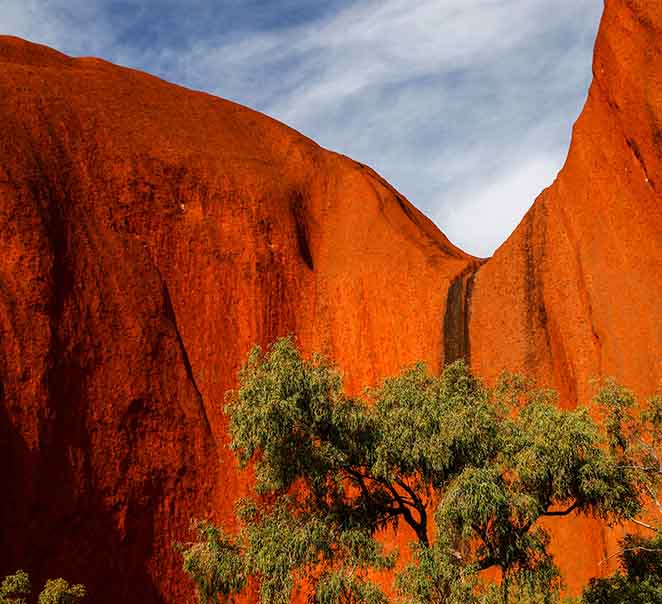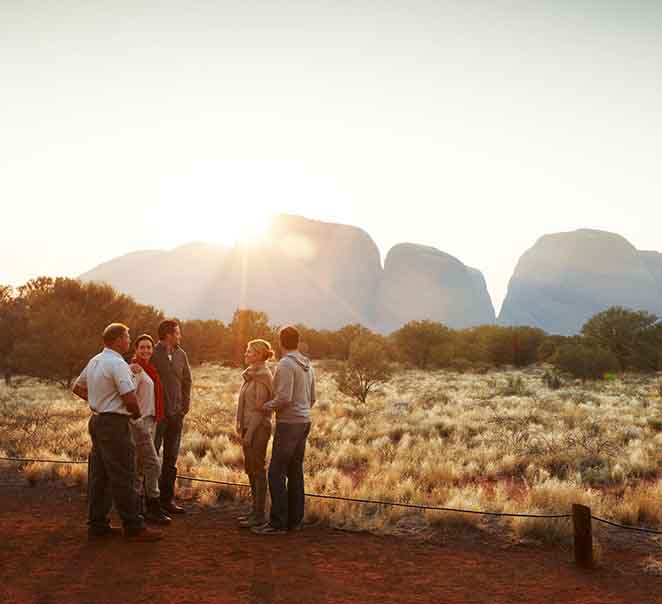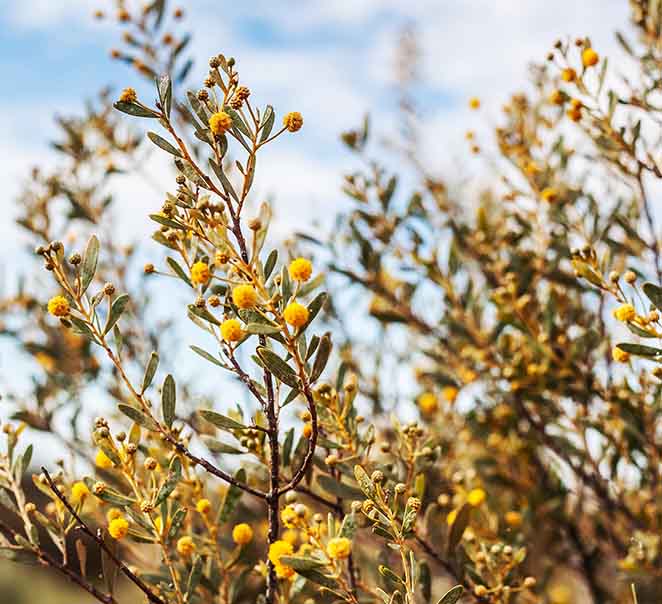Only three hours’ travel by air from most Australian capital cities, daily direct flights are available from Sydney, Cairns and Alice Springs to Ayers Rock Airport (AYQ); direct flights from Melbourne, Adelaide, Brisbane and Darwin operate on selected days.
Alternatively, flights from Sydney, Brisbane and Melbourne connect via Alice Springs and onto Ayers Rock Airport.
Longitude 131° operates complimentary luxury vehicle transfers connecting with all Ayers Rock Airport flights.
For self-drive itineraries, Longitude 131° is located 445km or a 4-5 hour drive from Alice Springs.
Please note, private vehicle access isn’t permitted at the property but parking is available at Sails in the Desert hotel located nearby at Ayers Rock Resort. Longitude 131° provides complimentary return transfers and prior arrangements are required.









